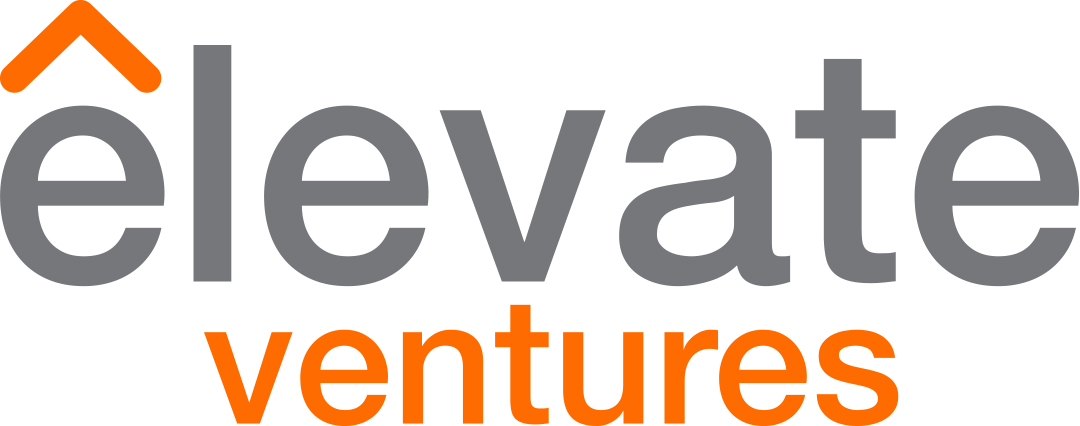 Elevate Perspective
Elevate Perspective
Convertible and SAFE Notes Explained
By Cy Megnin, Entrepreneur-in-Residence, Velocities (South Central Indiana)
The opinions expressed below are based on my personal experiences and do not necessarily reflect the opinions of Elevate Ventures. The primary purpose of sharing my perspectives is for education and a general framework of understanding. I am also not advocating one way of raising money over another. Every deal dynamic is different and deal terms are subject to negotiations. Professionally-managed seed or early-stage funds tend to have their own viewpoints on the use of either or both of these investment instruments. Entrepreneurs and investors are always encouraged to seek the assistance of their legal counsels on specific deal terms.
As an Entrepreneur-in-Residence, I field a lot of questions regarding the types of funding available to startups. When it comes to seed funding, entrepreneurs have options and it’s important to know, based on your current stage and needs, which option is best for your company. In the following I dive into SAFE and convertible notes. I will cover the basics of each and the advantages and disadvantages, to help businesses decide which is right for them.
Note: I did not factor in ALL the terms that could possibly go into a deal as it would likely get too convoluted. Instead, I picked out the main areas of negotiation that, if not included, will at least be part of the conversation.
To give context, priced equity financing is what people typically think of when they think of Venture Capital. i.e. I give you X for Y percentage or “# of shares” of your company. All other terms aside an example would be:
Your company is worth $1000, and I give you $100, I now own 10% of your company.
A convertible note is essentially an IOU to pay at a later date, but rather than paying with money, the investor is paid in the company’s equity. This can also be referred to as convertible security, it’s in a space known as debt equity.
Traditionally, these are investments in a very early company. They can be pre-revenue – sometimes it will just be an idea on a napkin – which, as you can imagine makes it hard to value the company in order to issue stock. So rather than put a value on the company they “kick the can down the road” and agree to use the valuation from the first institutional investment or some other predefined event, typically a seed round, series A, or sale of the company.
It is also important to know that technically a convertible note is debt which means it has a maturity date typically in 18-24 months. If by that time, the company has not had one of the previously mentioned events (raised another round, sold the company, etc.), then the investor would have the right to ask for their money back. While they may not exercise that right, it is undoubtedly included in the agreement. The downside for the investor is they would forgo their potential upside as an investor, so it is rarely actually ‘called’.
Main terms of a convertible note (all negotiable) and what they mean:
Maturity Date: See above
Interest Rate: Exactly as it sounds, the investors’ money accrues interest and that additional money also converts into equity. A convertible note is a debt instrument so is required to have an interest rate in the terms. This is typically between 0% to 8%, but usually 4-8%.
Note: You will rarely see below 2%. It is technically a debt; therefore it is required to have at least the federal minimum (AFR). This is not a law per se, it simply comes from the IRS’ classification of debt and the time value of money. In their eyes there is no such thing as a 0% interest loan, even between family members. If you are below the AFR then there may be some tax implications. If the parties involved want it lower, they will usually use a SAFE instead (more on that below).
** The next two terms (Discount rate and Cap) can, and often are, both on the agreement. However, when it comes time to convert, only one will apply, whichever works out best for the investor **
Discount rate: Although this number can technically be between 0-100%, you don’t usually see the extremes here. I have seen as low as 10% and as high as 40%, but 9 times out of 10 it has been 20%. So, let me give you an example based on the 20%.
EXAMPLE: You invested $100,000 in Cy Megnin, Inc. (a very smart investment I might add) using a convertible note with a 20% conversion discount. During their series A, CMI raises money at $1 per share. If you were to invest during that round (equity financing) you would receive 100,000 shares at $1 per share. However, you invested early which means you theoretically had more risk and deserve to be rewarded for taking that risk.
- In this example here is how it plays out:
- You invest $100,000 with 20% discount
- Time for a series A and CMI is selling shares for $1 a piece
- You have a 20% discount which means your shares are .80 cents each instead of $1; 100,000 / .8 = 125,000
- You now own 125,000 shares of CMI
Valuation Cap: The highest value the company can be valued at for the investors in the convertible note.
As an example, if the Cap is $4M and the series A (or other qualifying event) values the company at $3M, then $3M (because it is under the cap) will be the basis for figuring out what percentage or how many shares the investors that invested in the convertible note will get (after applying all other terms).
HOWEVER
If during the series A the company is valued at $10M, then the cap or “the most the company can be valued at” applies. In this case, even though the new investors are saying the company is worth $10M, the note investors will get the benefit of the lower valuation and the discount (if there was one) does not apply.
Simple Agreement for Future Equity (SAFE):
Started out of Y Combinator (YC) as an alternative to convertible notes.
SAFE is NOT a debt instrument, so there is no maturity date and there is no interest rate. It simply says I give you $X and that dollar investment will be turned into equity at a qualifying event.
Note: The fact that this is not considered debt can be a benefit in certain grants that do not allow any debt on the books.
You can download the actual documents for free on YC’s website here. There are four types, and in order to take simplicity to another level, they actually wrote four separate docs to account for them. They are fairly self-explanatory based on the names, and your new-found knowledge:
- Cap no discount
- Discount no cap
- Cap and discount
- MFN which is neither (MFN stands for Most Favored Nation)
Below are the advantages and disadvantages of a SAFE over a convertible note from each side’s perspective:
(1) Advantages for entrepreneur
- Standard and VERY little negotiation (which theoretically makes it cheaper)
- No maturity date
- No interest rate
- Less regulation
(2) Disadvantages for the entrepreneur
- Valuation cap
- Potential for long term complications
- You are “kicking the can down the road” on your valuation, which means if the series A actually has a higher valuation than the cap (e.g. the cap is $2M and the series A has a valuation at $3M) then your SAFE will have to convert to a different series of preferred stock. Now any cost you saved upfront is spent on having a more complicated cap.
(3) Advantages for investor
- Similar to the entrepreneur
- Less expensive
- Faster
- Easier to implement
(4) Disadvantages for the investor
- Because there is no interest rate you are not earning percentages on your money
- There is no maturity date, it simply stays outstanding until there is: (a) Sale, (b) Financing, or (c) Company dissolves
- Can create a situation down the road where the entrepreneur feels like they have less of the company than they originally thought (messy cap table). Inevitably this is the ‘investors fault’ in the entrepreneurs’ eyes.
- This post explains that a little more


